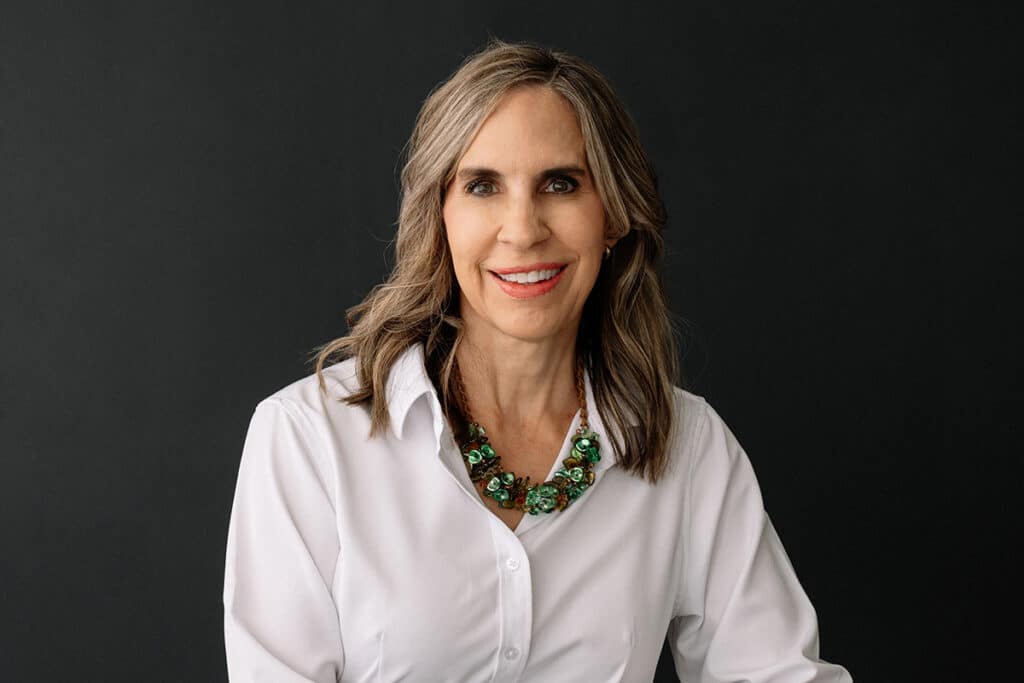What is anxiety?
Anxiety is a word that’s used regularly, but it holds a different meaning for different people. For some, anxiety is the nervousness you experience before meeting new people, public speaking, or during a major life event, etc.
For others, it has no start or end. It’s a constant fear or worry before, during and after events that can lead to a physical reaction. It can be accompanied by shortness of breath, dizziness, chest pains, nausea or abdominal distress and can lead to avoidance of regular activities, lack of sleep, and other reactions that disturb the course of daily life.
For many women in America, anxiety is a daily struggle.
Although these disorders are relatively common, they’re not often talked about.
“National prevalence data indicates that nearly 40 million people in the United States (18%) experience an anxiety disorder in any given year.” 1 To put it into perspective, that’s almost 1 in 5 people. What’s alarming is that only 1/3 of the people who could benefit from treatment actually get it and many continue to struggle alone.
The stigma associated with anxiety disorders, fear of being judged, and/or lack of resources prevents people from obtaining the help they need. It’s generally not the topic of conversation at the water cooler or on playgrounds, but what many don’t realize is that shying away from the issue doesn’t help to get it the attention it needs to create change. Additionally, not talking about it further increases the anxiety of people suffering from the disorder.
Anxiety and women
“Research conducted by the National Institute of Mental Health has shown that anxiety disorders are the number one mental health problem among American women and are second only to alcohol and drug abuse among men.” 2
The daily stressors of modern-day life have contributed to an increase in incidence of anxiety disorders overall, but women are twice as likely than men to develop a generalized anxiety disorder, panic disorder, phobias, and post-traumatic stress disorder.
Many factors contribute to the development of an anxiety disorder, to include genetics, brain chemistry, upbringing, and trauma; but one key factor is the result of cumulative stress over time.
Over the last 30 years, life for women has changed significantly. Stress associated with excelling in personal, professional, and family life — simultaneously — has increased as women have broken past gender barriers. We’ve had to work harder to prove our worth, and that has come with an enormous amount of stress.
Motherhood is another role we take on that involves a tremendous amount of stress. According to Scientific American, women suffer more from anxiety disorders due to “… a combination of hormonal fluctuations, brain chemistry, and upbringing: women more often feel responsible for the happiness of others, such as their children or their spouse.” 3 Caring for our families takes priority over self-care, and the stress that ensues isn’t remediated.
This hamster wheel way of life isn’t sustainable or healthy — especially for those who are predisposed to having a disorder. Finding the right balance between caring for others and caring for ourselves is vital. We need to push what other people think and “mom-guilt” aside and be okay with asking for help, then actually take the time to get it. Whether it’s carving out time from the family or work to decompress, seeking medical help or therapy, or simply just by talking about it with someone you know and trust, it’s important to get the support we need.
As more people talk about their experience with anxiety, the more widely accepted it becomes. Celebrities like Oprah Winfrey, Adele, Emma Stone, and Sarah Silverman have come forward about their struggles with anxiety, and their bravery has opened the door to more conversation.
Coping with anxiety
With the help of modern medicine, therapy, and coping techniques, it is possible for people suffering from anxiety to learn to deal with it and have a better quality of life. There is no one-size-fits-all when it comes to treatment, but methods may include a number of different therapies, training, medication, diet, exercise and lifestyle changes. Finding the right combination depends on the individual. Work with your doctor, and/or therapist to find the right course of treatment to fit your needs. Most importantly, know that you are not alone and it’s okay to ask for help.
For more resources and information on Anxiety Disorders, check out:
• The Anxiety and Depression Association of America at https://adaa.org/
• Womenshealth.gov/mental-health/mental-health-conditions
• The Anxiety & Phobia Workbook by Edmund J. Bourne, Ph.D.
1 Understand the Facts. (n.d.). Retrieved from https://adaa.org/understanding-anxiety
2 Bourne, E. J. (2015). Anxiety and phobia workbook, 6th edition. New Harbinger Publications.
3 Anxiety Disorders Are More Common in Women. (n.d.). Retrieved from https://www.scientificamerican.com/article/the-anxious-sex/







One Response